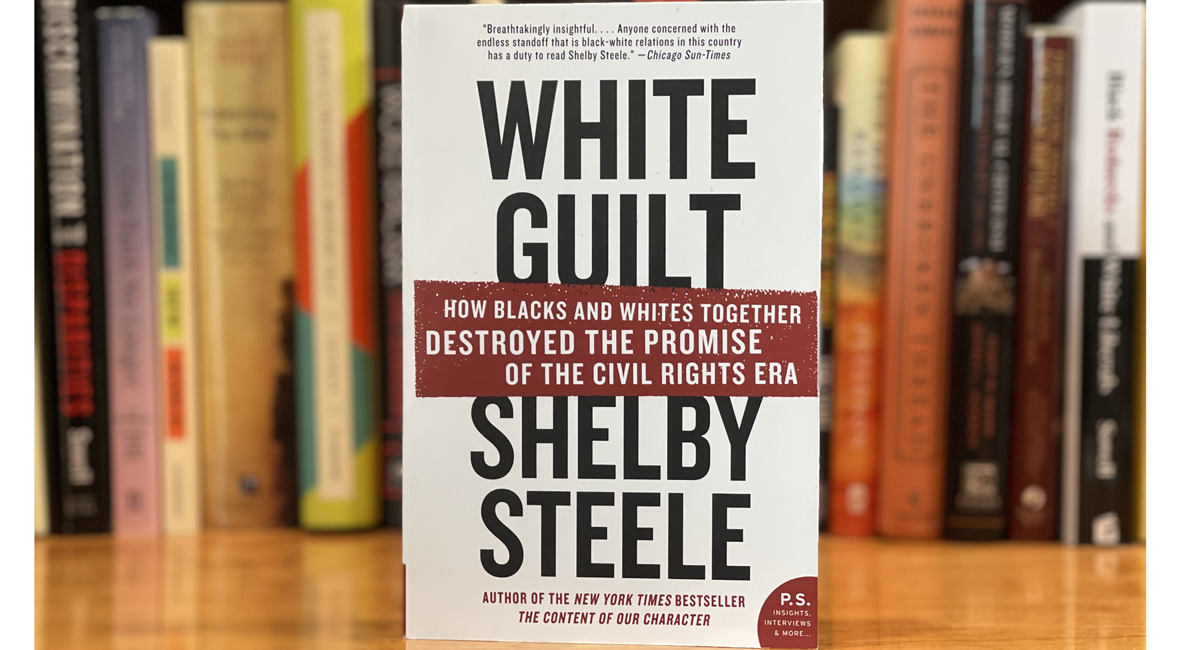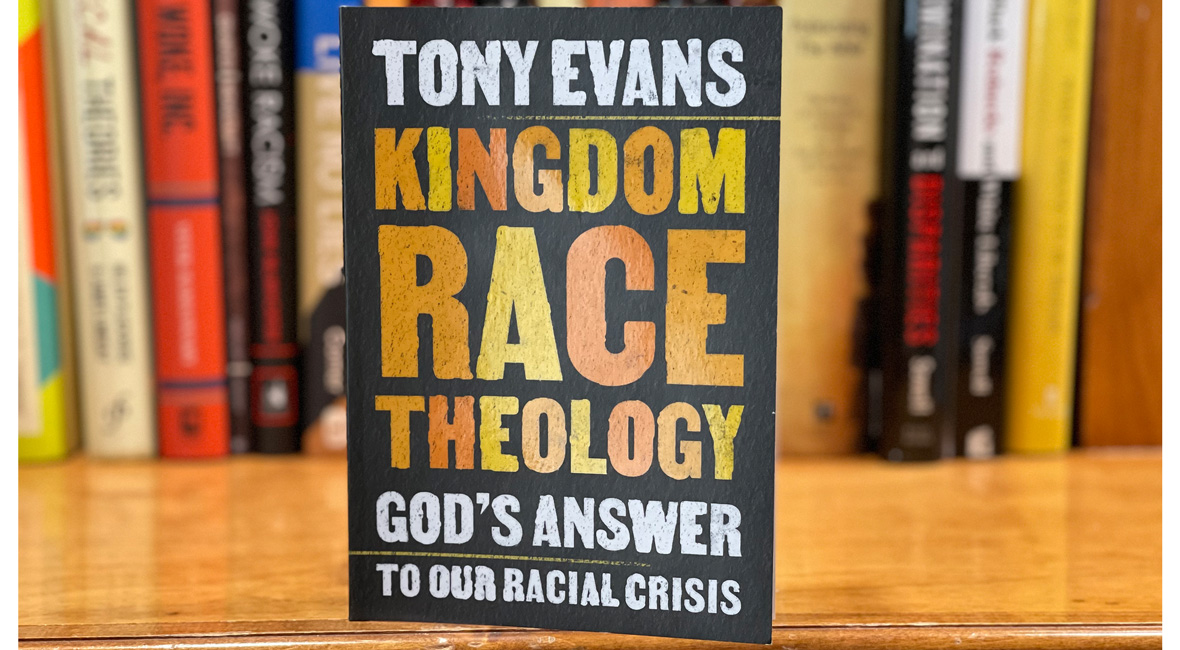What The Unseen Realm is About
The story of Michael Heiser’s The Unseen Realm began when he was confronted with the Hebrew text of Psalm 82:1. That text reads like this: “God [elohim] stands in the divine assembly; he administers judgment in the midst of the gods [elohim].” Many Christians know that the authors of the Hebrew Scriptures used the word elohim to refer to God. This noun is plural, but it is very often used in the singular. However, elohim doesn’t always refer to the singular God, Yahweh, of Israel. Sometimes, like in Psalm 82, it is used like a normal, plural noun, where it means “the gods.” But how can this be? The Bible tells us over and over again that there is only one God, Yahweh. Surely there aren’t other gods. The gods of the pagan nations are false gods, mere idols with no real power or authority. As it turns out, the truth about the spirit world – the unseen realm as Dr. Heiser calls it – is much more complicated than we’ve been told.
The ancient authors of Scripture had a vastly different understanding of the world than we do today. Our culture is thoroughly modern. Materialism is our dominant cultural lens. Scientism is our superstition. We are, in large part, blind to the supernatural, culturally conditioned to reject anything that can’t be explained through scientific inquiry. While we may understand the processes and particles of our universe better than ever before, due to our inherent antisupernaturalism, our world is much smaller than the world of the ancients. This is a problem for believers. Heiser laments, “The believing church is bending under the weight of its own rationalism, a modern worldview that would be foreign to the biblical writers.” (p. 17) Our rationalism prevents us from reading the Bible aright, thereby impoverishing our theology and, more importantly, keeping us out of the mission to which we are called.
God is not the only elohim. While none of the other elohim, other spiritual beings, can compare to God in majesty, power, glory, goodness, etc., the Bible clearly teaches that there are spiritual beings other than the one Creator God. In fact, several texts speak of a divine council, and the book of Job tells us that the satan was a part of this council! We are all familiar with angels and demons, but the divine council texts indicate that there are beings who go beyond these oversimplified categories. There appears to be some kind of hierarchy in the unseen realm, though it is not at all clear to us exactly what that is. The overall point, however, is that the spiritual world is far more complex than we typically understand.
This is not a book about spiritual warfare as evangelicals perceive it. Heiser is not saying that demons are responsible for every cough or sneeze, or that the devil could be hiding just around the corner. His work is far more sophisticated than that. The book could be summed up this way:
- The fall of physical beings mirrored the fall of spiritual beings.
- The fall of spiritual beings is told in Genesis 6:1-4 when “the sons of God” came to earth and impregnated human women.
- God disinherited the nations at Babel, handing spiritual dominion of human peoples over to the fallen spiritual beings.
- God would build his own portion of humanity through Abraham and Sarah, and in some mysterious way, bless all the peoples of the earth through them.
- Jesus has defeated the fallen spiritual beings and stripped them of their power and dominion in a way that they never expected – through physical death and resurrection.
- Through the Spirit-empowered church, God is announcing his message of reconciliation to all the peoples of the earth.
- When the time is right, Jesus will return and defeat the fallen spiritual beings and their allies in a great battle, bringing full and final restoration to God’s creation.
What I Learned from The Unseen Realm
Some of the most interesting material in The Unseen Realm covers the mysterious Nephilim. While in seminary I had to write a paper on the Nephilim in which I was forced to decide if “the sons of God” of Genesis 6 referred to spiritual beings or humans. I couldn’t decide. But after reading The Unseen Realm, I’m confident that “the sons of God” are spiritual beings who rebelled against God’s proper order, crossing a boundary that ought never to be transgressed. The unholy offspring of these unions between “gods” and women were the Nephilim, called giants in other texts. Goliath was a descendent of the Nephilim. In fact, paying careful attention to the text and ancient geography, Heiser demonstrated that Israel’s conquest of Canaan was tightly linked to the locations where these tribes of giants lived. In other words, the task of Moses, Joshua, and David was to destroy the last remaining descendants of the rebellious “sons of God.”
And then there’s this fascinating nugget. There is some ancient Jewish literature that indicates that the spirits of these fallen giants became demons, or unclean spirits, that roamed the land looking for people to possess. The Old Testament has no records of anyone being exorcised of a demon, but there is one biblical character for whom exorcism was central to his mission: Jesus. It’s possible to interpret Jesus’s exorcisms as his way of “finishing the job” started by Moses, Joshua, and David.
My Recommendation of The Unseen Realm
There is so much more that I could include in the previous section, especially about the significance of, and relationship between, Bashan, Mt. Hermon, and the gates of hell. In fact, Heiser has another book called Reversing Hermon which I am anxious to read, so perhaps I will leave that subject for a later review. But overall, this is a readable and informative book.
With brief but deep chapters, The Unseen Realm is a readable book that can be digested thoroughly. There is also a companion website that provides more information for the curious reader. This is the first book that I would recommend for those who are interested in learning what the Bible has to say about the spiritual world. It will expand your universe, while at the same time giving you proper context for finding your place in it. The world is far larger and more complicated than we know, but so is God’s plan for us, mere humans.


